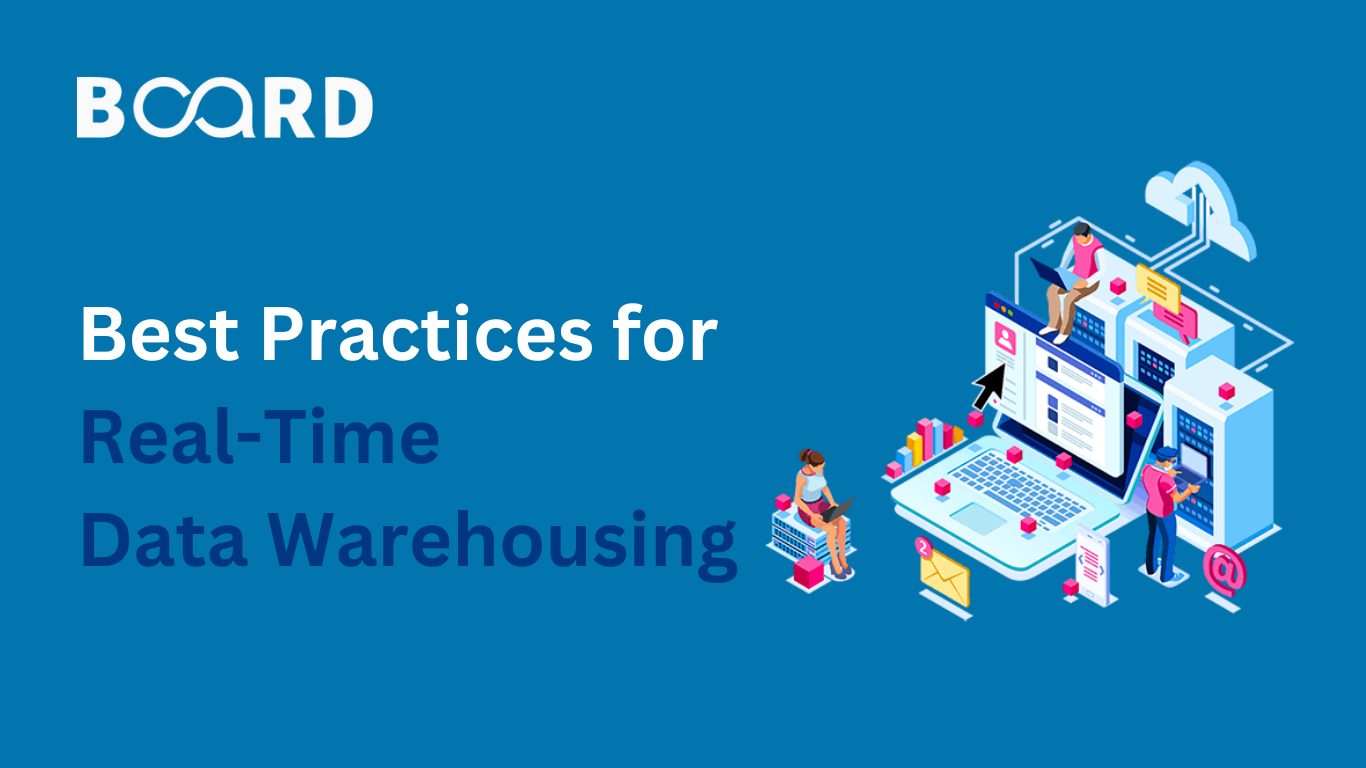
In this digital era, where data is the new gold, businesses must tap into this treasure to stay in the game. This article delves into the fascinating world of a data warehouse. It'll unwrap its relevance and outline essential practices for a seamless implementation.
A Glimpse At The Numbers
According to a study by Global Market Insights, the data warehousing industry is projected to expand at a CAGR of 12% until 2025. IDC predicts worldwide data creation will grow to 175 zettabytes by 202
Unpacking The Concept Of Data Warehouse
Imagine walking into a huge bookstore. It's filled with books from various authors covering different topics and acquired over many years. You asked the attendants to pull out the 'Dystopian genre'. They would probably pull out a few books from the related genre and give it to you.
But the challenge is they had to do this for a thousand different topics each day without disturbing or misplacing any book.
It is where a data warehouse comes into play in the digital realm. It's a massive, well-organized digital library filled with data collected from different sources across an organization, such as sales, finance, and HR.
It's designed to handle heavy-duty tasks. You can quickly ask complicated questions, which will fetch answers without causing a stir in the operational systems. In today’s business environment, organizations rely on Data Warehousing Solutions to manage, store, and analyze large volumes of data efficiently while supporting better decision-making.
Real-Time Data Warehouse Explained
Ever watched a live football game on TV? The scores update the very moment a goal is made. You're not watching a replay or delayed broadcast; you're seeing it happen in real-time.
In the world of data, that's the essence of a real-time data warehouse. Instead of waiting for updates, it's continuously refreshed, giving you the most updated information possible. Just as you see a goal scored the very second it happens, a real-time data warehouse processes and presents data as it comes in.
What Are The 15 Best Practices For Real-Time Data Warehousing?
1. Aim for Top-notch Data
Think of data like ingredients in a recipe. The fresher and better they are, the tastier the dish! Regularly check and clean your data to prevent any "spoiled" bits from messing up the final result.
2. Opt for Scalable Infrastructure
As you might buy a big fridge anticipating a big family dinner, opt for infrastructure that'll handle your data needs today and expand seamlessly for tomorrow.
3. Smooth Data Integration
Ensure your data from different sources integrates smoothly. You can use integration tools and platforms that pull data from multiple sources seamlessly. It's like merging traffic from different roads without causing a jam.
4. Focus on Latency Reduction
No one likes buffering videos. Similarly, reduce latency so your data is up-to-speed and ready for action. You can use ETL (Extract, Transform, Load) processes and tools that minimize this delay and ensure timely insights.
5. Maintain Robust Security Protocols
Your data is precious. Guard it with encryption, tight access controls, and regular check-ups to keep intruders out.
6. Offer Live Analytics
Equip stakeholders with tools to visualize and analyze data in real time, helping them make on-the-spot decisions.
7. Implement Data Partitioning
Data partitioning ensures it can be fetched when needed. It is crucial for vast datasets where timely data retrieval can be challenging.
8. Speed Up Data Queries
Keep monitoring and refining the way data is fetched to enhance data retrieval time. It ensures users can access the data swiftly.
9. Establish Data Governance Policies
Establish data guidelines, deciding who gets to see what, how it must be used, and its life cycle. It ensures both security and compliance.
10. Foster Continuous Learning and Adaptation
The tech landscape is ever-evolving. Encourage a culture of continuous learning among your team. Regularly update your strategies and tools to stay ahead of the curve.
11. Monitor System Health
You must constantly monitor the health of your data warehouse. It will help you in the early detection of any potential issue and timely rectification.
12. Prioritize Data Redundancy and Backup
Systems fail. You must establish multiple layers of data redundancy to safeguard against these unexpected failures or data corruption. You must also regularly back up your data to ensure you have an efficient recovery process in place.
13. Enhance User Experience (UX)
Make sure the interface of your warehouse is user-friendly. You can get regular feedback from end-users to gain valuable insights for continuous UX improvement.
14. Harness AI’s Potential
AI and machine learning are like the wizards of data. They can spot trends, make predictions, and even automate tasks. Furthermore, AI-driven systems can also learn from data patterns. It will help businesses stay ahead in their decision-making processes.
15. Diversify Cloud Resources
Don't tie yourself down to one cloud service. Having multiple options ensures flexibility, added safety, and potential cost-saving.
Conclusion
Gone are the days when real-time data warehousing was a fancy perk. In today's whirlwind of a digital age, it's the heartbeat of agile businesses. By getting its core and leaning into proven best practices, businesses aren't just running in the data race but setting the pace.
